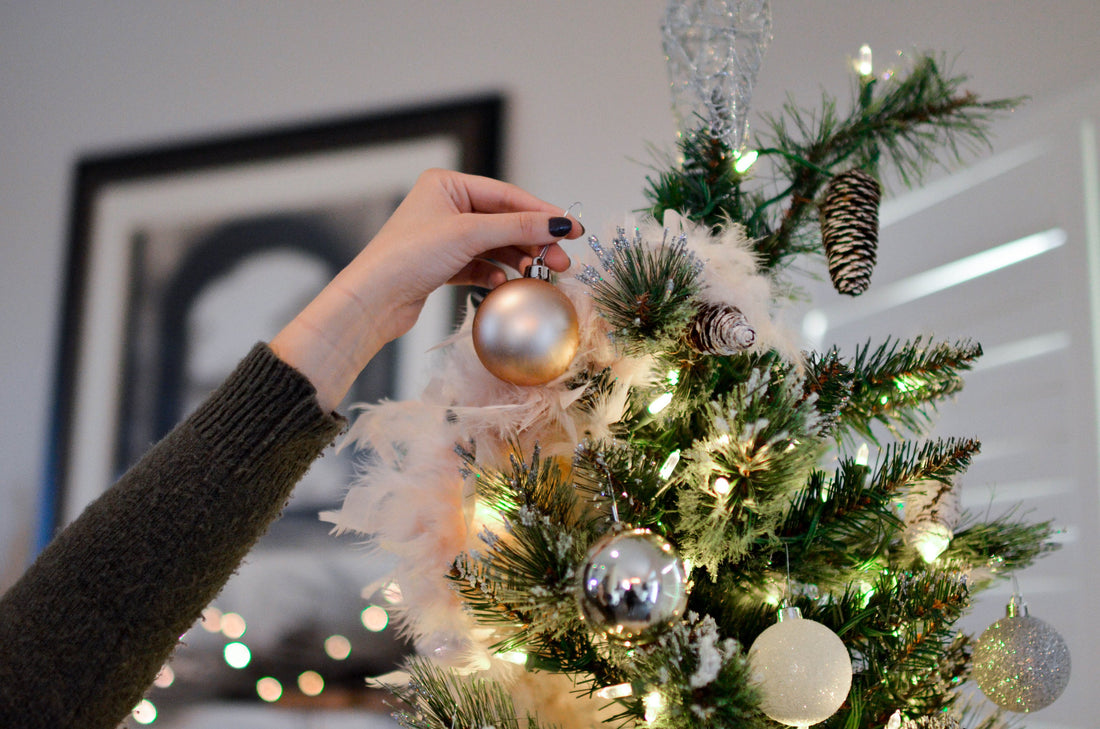Why Do We Have a Christmas Tree?
If you think about it, Christmas trees are an odd tradition. Every December, people all across the world go to the nearby forest, cut down a tree, drag it into their homes, decorate it with lights, ornaments, and tinsel, and put it in the living room until January. Christmas trees are an important element in many of our favorite holiday customs. Around the tree, we decorate gifts, open presents, and celebrate with friends and family. It's critical to have one that not only complements your style but also withstands the test of time. Many of us have adored our Christmas trees with baubles, lights, and wonderful ornaments for decades, but why do we have Christmas trees?
Let's Go Back in Time
Plants and trees that remained green throughout the year had a special value for humans in the winter, even before Christianity. Evergreens were thought to ward off witches, ghosts, evil spirits, and disease in many countries. They were originally a northern European pagan renewal ceremony observed at the end of the year to look forward to the next.
The concept was to use flowers, paper, or candies to embellish a plant or a branch. The tree may have been taken into the house or left in the town square. It was set ablaze in several locations at the end of the Christmas season.
Late in the Middle Ages, as Christians began to adopt the festival, the Christmas Tree's decorations continued to evolve, becoming more extravagant.
The Symbols and Elements of the Christmas Tree
The Christmas tree is usually a triangular-shaped evergreen fir. It is embellished with the following features:- Stars: The Star of Bethlehem, The star of the three Magi, and the star of Jesus Christ are all depicted on the top of the tree.
- Balls: they symbolize God's gifts to men; it is stated that they were originally decked with apples as a representation of the temptations from which Christ came to save us.
- Ties, garlands, and tinsels symbolize family love and happiness.
- Lights signify the light that Jesus Christ brought to the world with his arrival.
The "Tree" in Christmas Tree
Most trees lose their leaves in the autumn, and by December, only the 'evergreens,' such as spruce, pine, and cedar, are still green. People used to think of these trees as special - as if they were protected - and would bring the green boughs into their homes before Christianity.The fir tree is one of the most common live Christmas trees we bring into our homes. Popular choices include pine and spruce trees. All of the trees that fall under the category of "Christmas tree", such as spruce, cedar, pine, and fir, have one thing in common: they are all evergreens that stay green all year!
Evergreens are a sign of toughness. These trees are evergreen all year, which creates a notion of immortality and consistency. These evergreen trees maintain their crispness and color throughout the year. The scent of evergreens is a symbolic homage as well. The aromas of pine, fir, and cedar have been scientifically demonstrated to be calming and energizing.
We have trust that spring will arrive, no matter how bleak or desolate winter is. The color green serves as a reminder and a celebration of what is to come.

